Intro
Discover the key differences in flu symptoms, transmission, and treatment. Learn how the flu differs in 5 distinct ways, including severity, contagiousness, and vaccine effectiveness, to better understand influenza strains and seasonal outbreaks.
The flu, also known as influenza, is a highly contagious respiratory illness that affects millions of people worldwide each year. While the flu is often thought of as a single entity, there are actually several different types and subtypes, each with its own unique characteristics. Understanding the differences between these types of flu is crucial for developing effective prevention and treatment strategies. In this article, we will explore five ways in which the flu can differ, including its types, symptoms, transmission, treatment, and prevention.
Types of Flu
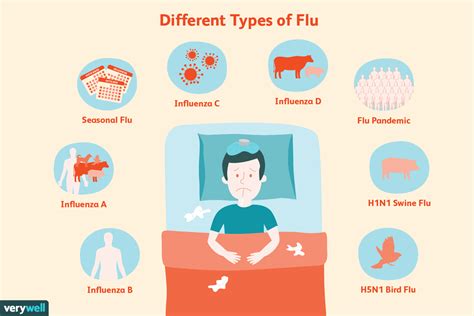
Symptoms of Flu
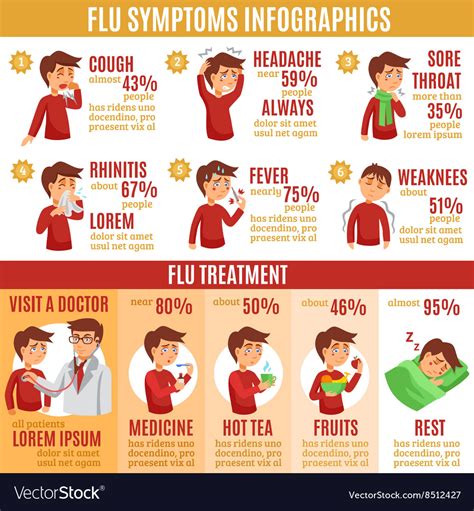
Severity of Symptoms
The severity of flu symptoms can also differ depending on the individual's age, health status, and other factors. For example, older adults, young children, and people with certain chronic health conditions, such as heart disease or diabetes, are at higher risk of developing severe flu symptoms. In contrast, healthy adults may experience milder symptoms.Transmission of Flu
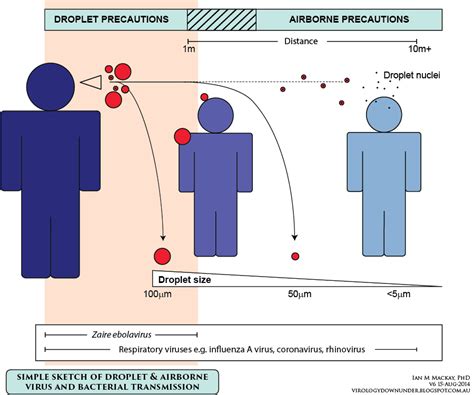
Incubation Period
The incubation period, or the time between exposure to the virus and the onset of symptoms, can also vary depending on the type of flu. For example, the incubation period for type A flu is typically 1-3 days, while the incubation period for type B flu is typically 2-4 days.Treatment of Flu
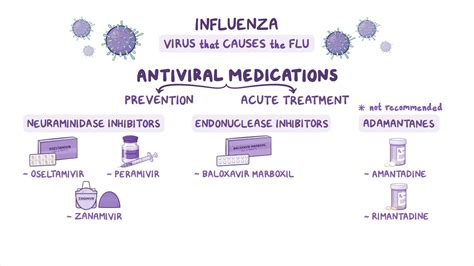
Antiviral Medications
Antiviral medications, such as oseltamivir and zanamivir, can be effective in treating the flu, particularly if started within 48 hours of symptom onset. However, the effectiveness of these medications can vary depending on the type and subtype of flu, as well as the individual's age and health status.Prevention of Flu
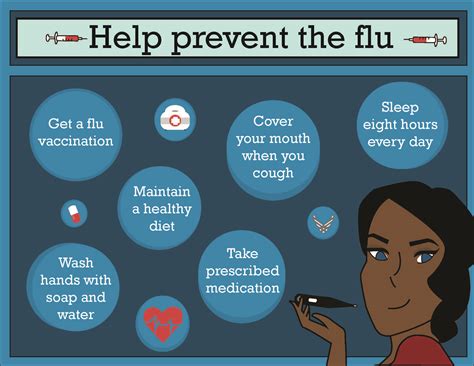
Vaccination
Vaccination is the most effective way to prevent the flu, with the Centers for Disease Control and Prevention (CDC) recommending annual vaccination for everyone 6 months and older. The vaccine can provide protection against multiple strains of the virus, including type A and type B, and can be administered through injection or nasal spray.What are the most common symptoms of the flu?
+The most common symptoms of the flu include fever, cough, sore throat, runny or stuffy nose, muscle or body aches, headaches, and fatigue.
How is the flu transmitted?
+The flu can be transmitted through the air, when an infected person talks, coughs, or sneezes, or through contact with contaminated surfaces or objects.
What is the best way to prevent the flu?
+The best way to prevent the flu is through vaccination, which can provide protection against multiple strains of the virus.
What are the different types of flu?
+The flu can be broadly classified into three main types: A, B, and C, with type A being the most common and severe form.
How long does the flu last?
+The duration of the flu can vary depending on the individual's age, health status, and other factors, but most people recover within 7-10 days.
In conclusion, the flu is a complex and highly variable illness that can differ in its types, symptoms, transmission, treatment, and prevention. By understanding these differences, individuals can take steps to protect themselves and their loved ones from the flu, and healthcare professionals can develop effective prevention and treatment strategies. We invite you to share your thoughts and experiences with the flu in the comments below, and to share this article with others who may be interested in learning more about this important topic.
